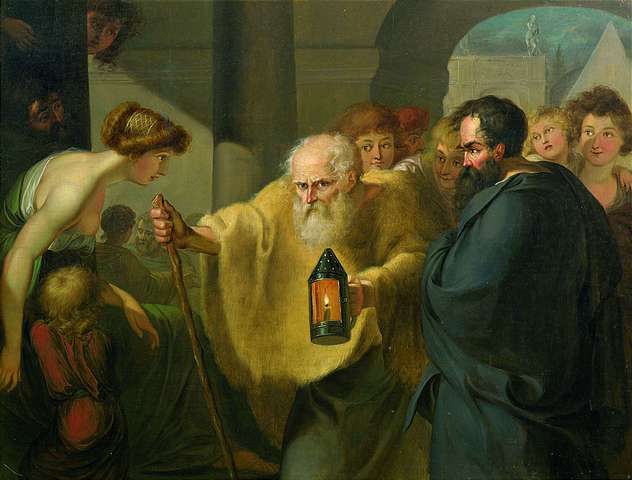In the days before #MeToo and Times Up, I used to bristle whenever I heard a sexist remark. For example, a man at my gym once gushed, “You can leg-press over 300 pounds? Not bad for a girl!” Never mind that he bulked up his biceps at the expense of working on his knitting-needle legs. Qualifying a compliment with a little sexist flourish is more than I’m now willing to brush aside.
But sexism works both ways. Men make sexist comments about women, and women make them about men. What has changed for me is that my ability to recognize a remark as sexist has skyrocketed while my ability to ignore it has plummeted. So I practically gave myself a case of whiplash the other day while shaking my head in disbelief over this comment from a female literary agent:
“If your protagonist knits, shouldn’t he be a woman?”

The answer is an unqualified no.
But on second thought, allow me to qualify my no. As I like to say, every interaction is an opportunity to learn something new. So here we go.
If you’ve been watching the Winter Olympics, you may have caught a glimpse of Finnish snowboarding coach Antti Koskinen knitting at the top of the course. He took a break just long enough to give his Finnish snowboarder Roope Tonteri a fist pump and then returned to his knitting. If Mr. Koskinen knits, should he be a woman? I don’t think so. Kudos to him for not just knitting on the slopes, but also for doing it during a globally televised event!

If you think that Mr. Koskinen is a highly evolved 21st century male, then you might be surprised to learn that men have dominated the history of knitting through the ages.
Two thousand years ago, men invented fishing nets by knitting them, and began to wear woven clothes — also by knitting them. Fast forward a millennium, plus or minus a couple centuries, and knitting guilds came into existence — and were populated exclusively by men.

It wasn’t until the 16th century when a man invented a knitting machine that many men stopped knitting because it was more efficient to produce machine-made textiles. Although in Colonial America, boys who didn’t have access to this knitting machine still knit socks and other sundries. Which is not to say that only male colonists knit. But it is to say that not all colonists must have been women because they knit.
The same goes for knitters during the two World Wars— yes, British and American women knit things (socks, mittens, helmet liners) for soldiers but so did schoolboys. (Read more about “bros and rows” on HuffPost.com.)

Today, men who knit may seem like an anomaly, perhaps because we’ve become accustomed to the image of Miss Marple or our own grandmothers knitting shawls and tea cozies. But here’s just a smattering of living celebrity men who knit, according to knitcrate.com:
- Ashton Kutcher
- Christopher Walken
- David Arquette
- George Lucas
- Keifer Sutherland
- Russell Crowe
- Ryan Gosling
In fact, according to CBS News, “a lot of guys are taking up knitting, especially as the hobby surges in popularity on college campuses, in coffee shops and at the many yarn stores that are sprouting up in cities across the country.”
As the saying goes, everything old is new again. Knitters used to be exclusively men, now they’re predominantly women. But men who knit are on the rise! And I like to think that women as well as men might prefer reading about a seductive Frenchman who has mastered the art of knitting to reading about a Miss Marple clone.
Thanks this week go to the folks at HuffPost, CBS News, and NBC Sports who are giving men who knit their well-earned place in the spotlight. Vive le tricoteur !



